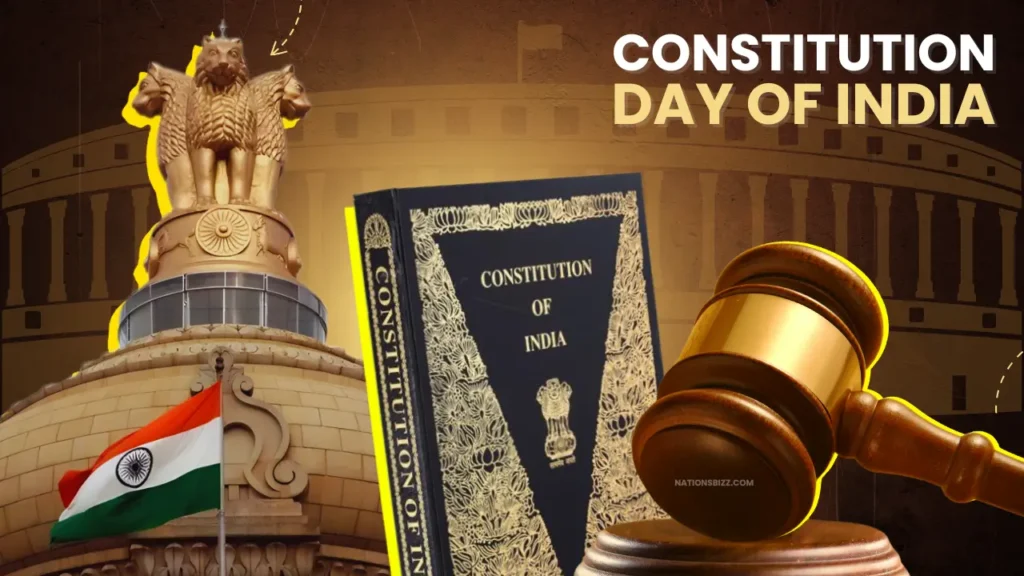After days of scorching heat, Delhi finally got some relief as heavy rains lashed the capital on May 25, 2025. The downpour significantly lowered the temperature, offering residents a welcome change. But along with this cool breeze came flooded roads, traffic jams, and airport disruptions, throwing daily life into chaos. While the weather offered respite from the summer sun, it also exposed how unprepared the city remains for heavy rains.
Airport Mayhem: 49 Flights Diverted
Sunday’s rainstorm had a major impact on operations at Indira Gandhi International (IGI) Airport, where poor visibility, gusty winds, and water accumulation forced authorities to divert 49 flights. Authorities rerouted flights bound for Delhi to nearby cities such as Jaipur, Lucknow, and Amritsar. Stranded for hours on the tarmac or inside terminals, many passengers reported receiving little information or support during the disruption.
At Terminal 3, strong winds caused a metal structure to collapse, adding to the panic and confusion. Thankfully, no injuries were reported, but the incident further highlighted the structural vulnerabilities of one of India’s busiest airports during extreme weather events.
Traffic Nightmare Across the City
While the rain cooled the air, it wreaked havoc on Delhi’s roads. Major areas such as Mathura Road, ITO, Ring Road, Lajpat Nagar, Dhaula Kuan, and the Delhi-Noida Expressway were heavily waterlogged. Commuters found themselves stuck in bumper-to-bumper traffic, with some reporting delays of more than two hours for short distances.
Waterlogged underpasses and overflowing drains caused severe disruptions in East, South, and Central Delhi. In some areas, motorcycles and cars were seen submerged halfway in rainwater. Municipal authorities struggled to pump out the water, and Delhi Traffic Police issued multiple advisories requesting people to avoid certain routes.
Public Transport Also Affected
Delhi Metro services also experienced minor delays on certain lines due to water seepage in some underground stations and signaling issues. The Delhi Transport Corporation (DTC) buses had to either reroute or were delayed due to flooded roads and low visibility.
Auto rickshaws and cabs became hard to find during the peak rainfall hours. As a result, many office-goers and Sunday shoppers found themselves stranded or forced to walk long distances in rain-soaked clothes.
Power Cuts and Tree Falls
Winds gusting up to 70 km/h uprooted several trees in areas like Green Park, Vasant Kunj, and Rohini, damaging vehicles and blocking roads across the city.In some residential colonies, these trees brought down electric wires, causing temporary power outages.
Discom officials worked through the night to restore power, but many residents in West and South Delhi reported being without electricity for several hours. In some localities, mobile and internet networks were also briefly affected.
Why This Sudden Rain? IMD Explains
The India Meteorological Department (IMD) attributed the heavy rainfall to a combination of a Western Disturbance and moisture-laden easterly winds blowing in from the Bay of Bengal. The weather system was strong enough to trigger a thunderstorm with moderate to heavy rain and wind speeds over 60 km/h.
The IMD had already issued a yellow alert for the national capital, warning of rainfall, gusty winds, and lightning activity. It has now updated the warning to orange for the next 48 hours, urging residents to stay indoors during peak storm hours and avoid low-lying areas.
The Silver Lining: Cooler Weather
Before the rain, Delhi was reeling under a heatwave, with temperatures crossing 45°C in several parts of the city. Sunday’s showers brought the mercury down by over 10°C, giving a massive sigh of relief to both people and the environment.
Many residents stepped out to enjoy the cool breeze and drizzle after the storm passed. Popular spots like India Gate, Connaught Place, and Lodhi Garden saw a rise in footfall by the evening, with families and friends enjoying the rare pleasant weather.
Civic Response: What Can Be Improved?
Despite prior warnings from the IMD, the city’s response to the rain was inadequate. Drain cleaning, which should have been done ahead of the monsoon, was reportedly incomplete in several areas. Poor road design and blocked drains only worsened the waterlogging situation.
Urban experts and environmentalists pointed out the lack of a stormwater management plan and the absence of coordination between municipal bodies as key reasons for the chaos. Delhi needs a long-term drainage overhaul and better emergency response strategies to tackle such weather events in the future.
Conclusion: Relief Comes at a Cost
While Delhi’s sudden downpour has cooled the city and brought short-term joy to its residents, it has also underscored the urgent need for infrastructure upgrades and better monsoon preparedness. From grounded flights to stranded commuters and flooded roads, the rains were a wake-up call.
With the monsoon season just around the corner, authorities must act quickly. Cleaning drains, strengthening emergency response systems, and ensuring quick water drainage will be crucial in preventing such chaos again. For now, Delhiites can enjoy the cooler weather—but with a cautious eye on the sky.





















